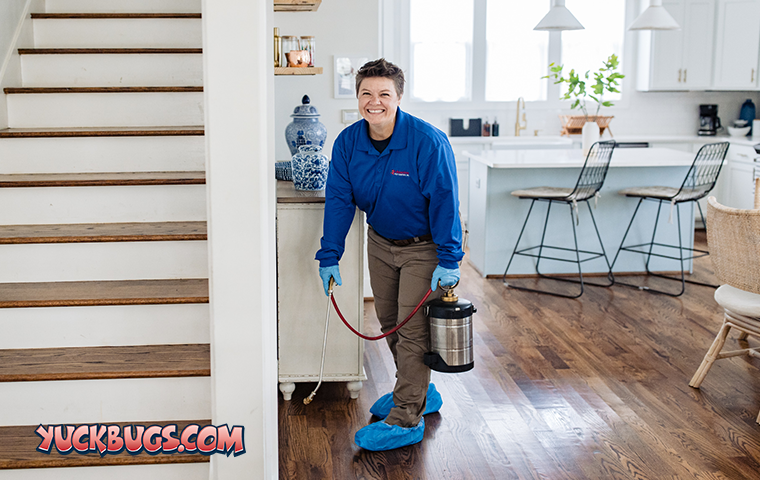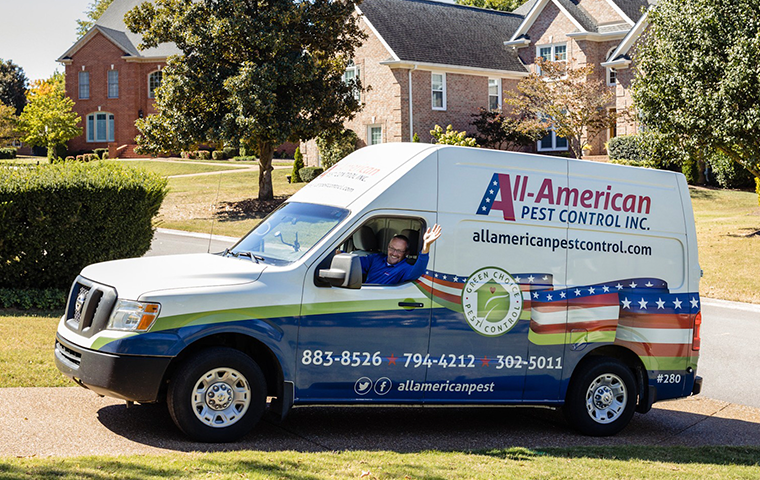Pantry and Stored Product Pests Made Simple
Finding bugs in your pantry? Not fun—but totally fixable! Here’s what to look for, how to prepare for treatment, and what to expect afterward.
The Basics
Pantry pests (a.k.a. stored product pests) are tiny insects that infest everyday household items like grains, spices, and even pet food. If you see small beetles crawling or moths flying around your kitchen, you might have an infestation.
-
What They Are: These pests sneak in through packaged goods and can spread to other food items.
-
Signs of Infestation: Look for webbing, tiny crawling insects, or damaged packaging.
Quick ID: Common Pantry Pests
Not sure what you're dealing with? Here’s a quick guide:
-
Indian meal Moth: Small copper-colored moths with webbing in grains, bird seed, and oatmeal.
-
Sawtooth Grain Beetle: Tiny, flat brown beetles often found in spilled food or behind appliances.
-
Rice Weevil: Small, dark brown beetles with snouts, found in rice, dried corn, and birdseed.
-
Cigarette & Drugstore Beetles: Tiny, oval brown beetles that infest spices, herbs, and even tobacco.
What to Do Before a Pest Control Service
To get the best results from your treatment, a little prep work goes a long way!
-
Check Your Pantry: Toss out any expired or infested food in a sealed bag.
-
Clean Shelves & Floors: Vacuum and wipe down pantry shelves to remove crumbs and loose insects.
-
Store Food Properly: Use airtight glass or plastic containers to keep pests out.
-
Bag a Sample: If possible, save a few insects in a sealed bag for your technician to identify.
What to Expect After a Treatment
Once your pantry has been treated, here’s what you can expect:
-
Pest Activity May Continue Briefly: Some pests may still be visible for a short time as they come into contact with treatments.
-
Traps & Monitors in Place: You may notice pheromone traps or sticky traps to track any remaining activity.
-
Check & Maintain Food Storage: Keeping food in sealed containers will help prevent reinfestation.
-
Follow-Up May Be Needed: Additional treatments or inspections may be necessary if pests persist.
By taking these steps, you’ll have a cleaner, pest-free pantry in no time!
 1248 Reviews
1248 Reviews








